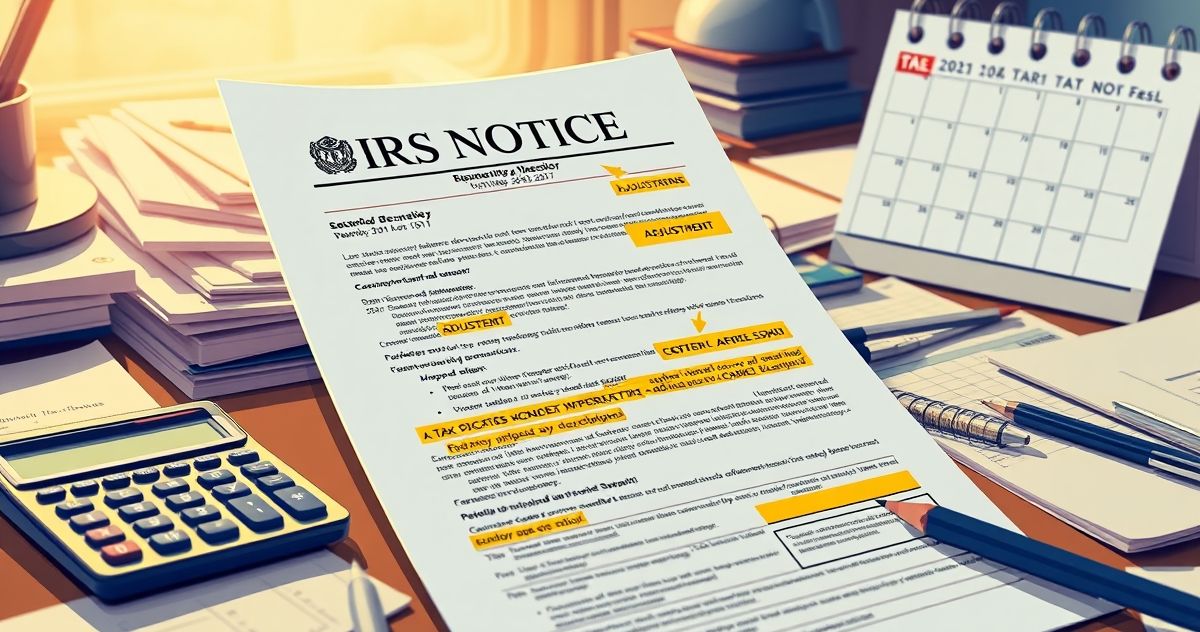What is the CP89AA Notice and Its Primary Purpose?
The CP89AA Notice is a formal communication from the Internal Revenue Service (IRS) to a taxpayer indicating that substantial changes have been made to their tax account records. This document is triggered when the IRS detects discrepancies or inaccuracies in a taxpayer’s filings, often from mismatched financial information compared to third-party data, such as W-2s or 1099 forms. The primary purpose of the CP89AA Notice is to inform the taxpayer of these changes and guide them in understanding the impact of these adjustments on their financial obligations, either raising or lowering the total amount due to the IRS.
Key Features and Components of the CP89AA Notice
The CP89AA Notice includes several critical elements designed to clearly convey the nature and implications of the IRS’s adjustments:
- Explanation of Adjustments: The notice provides a detailed breakdown of each modification made to the taxpayer’s account, highlighting the malformed entries alongside concise rationales for each correction. It often involves adjustments to reported income, claimed credits, or deductions that require supporting documentation or corrected calculations.
- Impact on Refunds or Balances Due: The notice specifies whether the adjustments result in a reduced or increased refund or an outstanding balance that the taxpayer must settle. This section explicitly details the revised amount that requires the taxpayer’s attention, alongside potential credits or refunds due.
- Instructions for Further Action: Actionable instructions are included, detailing steps for the taxpayer to take, such as remitting payment for any outstanding balance, disputing the adjustments if they disagree, or contact details for inquiries where additional clarification is necessary.
- Information on Penalties and Consequences: It encompasses the potential consequences, including interest accruals and penalties, which could arise if any adjusted balance remains unpaid or if the taxpayer fails to respond in a timely manner.
Relevant Filing or Compliance Requirements
The CP89AA Notice mandates that taxpayers take swift measures to understand and, if applicable, correct their filings to align with IRS findings. Taxpayers may need to:
- Pay Outstanding Balances: Ensure any newly determined tax liabilities are cleared by the deadline specified in the notice, using IRS-approved payment methods like electronic transfers or installment plans.
- File Amendments or Provide Documentation: If the taxpayer disagrees with the IRS’s evaluations, they may be required to submit amended returns or additional documentation to substantiate their original claims.
- Use IRS Tools for Monitoring: Taxpayers are encouraged to utilize IRS online tools to check their tax records and maintain compliance, minimizing recurrence of such issues.
Penalties and Consequences for Non-Compliance
Ignoring or failing to adequately respond to the CP89AA Notice can result in exacerbated financial repercussions. The IRS may impose:
- Interest and Penalties: Delays in addressing the taxpayer’s balance will incur penalties and interest charges, inflating the total amount owed significantly over time.
- Enforcement Actions: The IRS has the authority to enforce collections by installing liens or levies against the taxpayer’s assets if outstanding debts remain unresolved.
- Increased Audit Risk: Non-compliance or frequent discrepancies may prompt the IRS to initiate a formal tax audit on the taxpayer’s past and current filings, increasing scrutiny on their financial activities.
Importance of the CP89AA Notice in Tax Resolution
The CP89AA Notice plays a pivotal role in tax management and compliance. Responsiveness to this notice ensures that taxpayers can appropriately adjust their accounts to reflect accurate tax obligations, thereby preempting potential legal and financial penalties. Addressing discrepancies promptly fosters good standing with the IRS, enabling taxpayers to recalculate and adjust their financial planning strategies.
Moreover, the notice empowers taxpayers to liaise openly with the IRS, potentially paving the way for amicable resolutions such as installment agreements or offers in compromise, especially in scenarios of financial hardship. It serves as a preventive tool, guiding taxpayers to meticulously maintain accurate future filings, reducing the likelihood of discrepancies re-emerging in subsequent tax periods.
Overall, the CP89AA Notice is instrumental in mitigating tax and financial adversity by enforcing compliance, encouraging precise reporting, and facilitating a clear communication channel between the taxpayer and the IRS.

